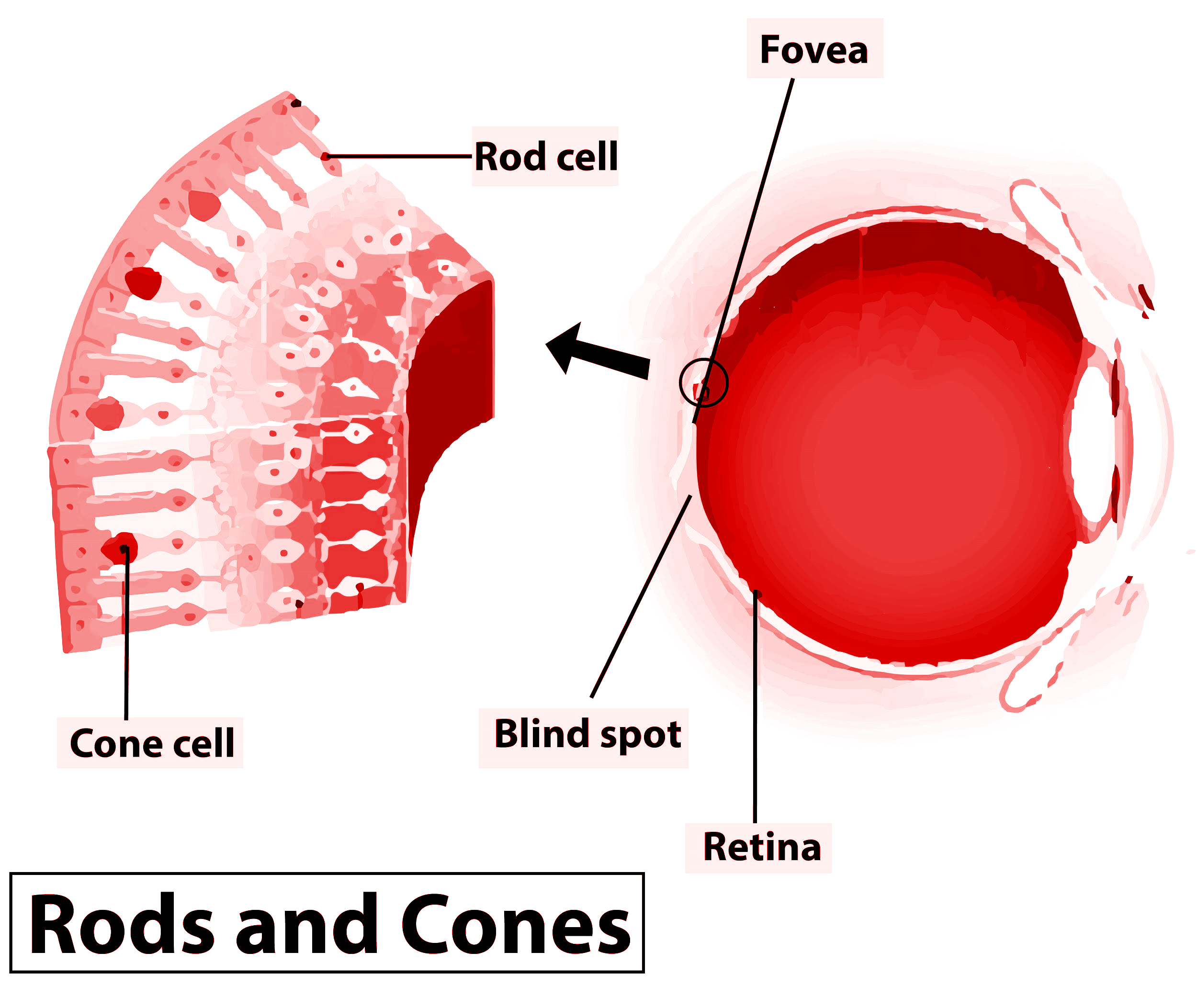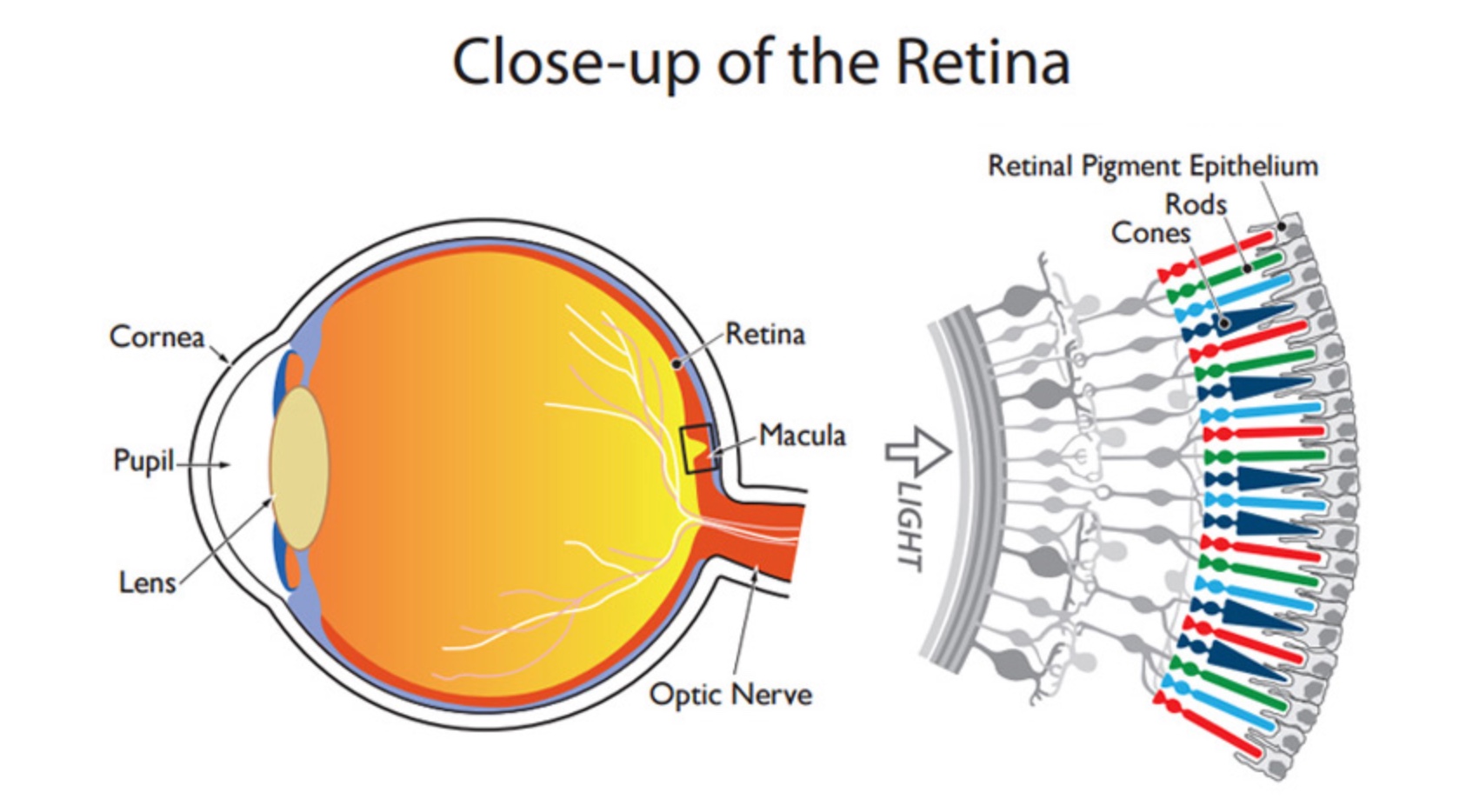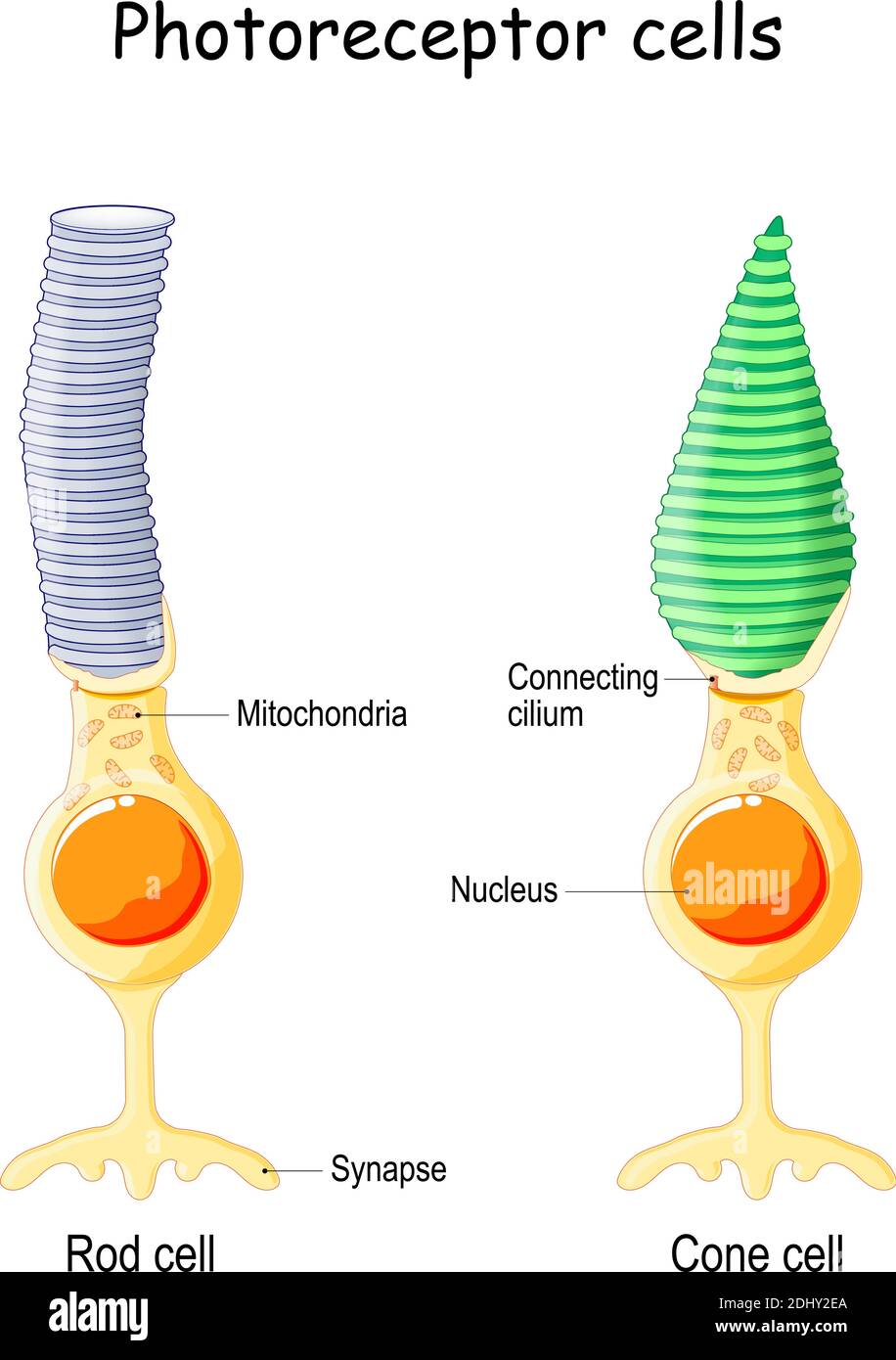Rods vs Cones: Unlocking the Secrets of Human Vision

Human vision is a marvel of biology, allowing us to perceive the world in vibrant detail. At the heart of this ability are two types of photoreceptor cells in the retina: rods and cones. These cells play distinct roles in how we see, each contributing uniquely to our visual experience. Understanding the differences between rods and cones can unlock fascinating insights into how our eyes adapt to various lighting conditions and process color. Whether you’re curious about the science behind vision or looking for ways to optimize eye health, this guide will shed light on the essential functions of rods and cones. (human vision, rods and cones, eye health)
What Are Rods and Cones?

Rods and cones are specialized cells located in the retina, the light-sensitive layer at the back of the eye. They are responsible for converting light into electrical signals that the brain interprets as vision. While both are crucial for sight, they serve different purposes and operate under distinct conditions.
Rods: The Night Vision Specialists
Rods are highly sensitive to light and are primarily responsible for scotopic vision, or night vision. They enable us to see in low-light environments, such as at dusk or in dimly lit rooms. Rods are more numerous than cones, outnumbering them by about 20 to 1, and are distributed throughout the retina, with a higher concentration in the periphery.
💡 Note: Rods do not detect color, which is why objects appear in shades of gray in low-light conditions.
Cones: The Color Vision Experts
Cones, on the other hand, are responsible for photopic vision, or color vision, and function best in bright light. They are concentrated in the macula, particularly the fovea, the central part of the retina. Cones come in three types, each sensitive to different wavelengths of light: short (blue), medium (green), and long (red). This trichromatic system allows us to perceive a wide range of colors.
| Feature | Rods | Cones |
|---|---|---|
| Function | Night vision, low-light sensitivity | Color vision, detail perception in bright light |
| Location | Peripheral retina | Macula, especially fovea |
| Color Detection | No | Yes |

How Rods and Cones Work Together

While rods and cones have distinct roles, they often work in tandem to provide a comprehensive visual experience. For example, in twilight conditions (mesopic vision), both rods and cones are active, combining their strengths to help us see clearly.
Adapting to Light Conditions
The transition between rod-dominated and cone-dominated vision is seamless, thanks to the eye’s ability to adapt to changing light levels. This process, known as dark adaptation, allows rods to become more sensitive as light diminishes, while light adaptation reduces their sensitivity in brighter environments.
Implications for Eye Health
Understanding rods and cones is crucial for maintaining optimal eye health. Conditions like retinitis pigmentosa primarily affect rods, leading to night blindness, while age-related macular degeneration (AMD) impacts cones, causing central vision loss. Regular eye exams and protective measures, such as wearing sunglasses, can help preserve the function of these vital cells.
Key Takeaways

- Rods excel in low-light conditions, enabling night vision but not color perception.
- Cones are responsible for color vision and detail in bright light.
- Both rods and cones work together in varying light conditions to provide a full visual experience.
- Protecting these cells through regular eye care is essential for long-term vision health.
What is the main difference between rods and cones?
+Rods are sensitive to low light and enable night vision, while cones function in bright light and are responsible for color vision.
Can rods detect color?
+No, rods cannot detect color. They are only sensitive to light and dark, which is why objects appear in shades of gray in low-light conditions.
How can I protect my rods and cones?
+Protect your eyes by wearing sunglasses with UV protection, eating a diet rich in vitamins A and C, and scheduling regular eye exams.
In summary, rods and cones are the unsung heroes of human vision, each playing a unique role in how we perceive the world. By understanding their functions and taking steps to protect them, we can ensure our vision remains clear and vibrant for years to come. (eye care, vision health, retinal cells)



